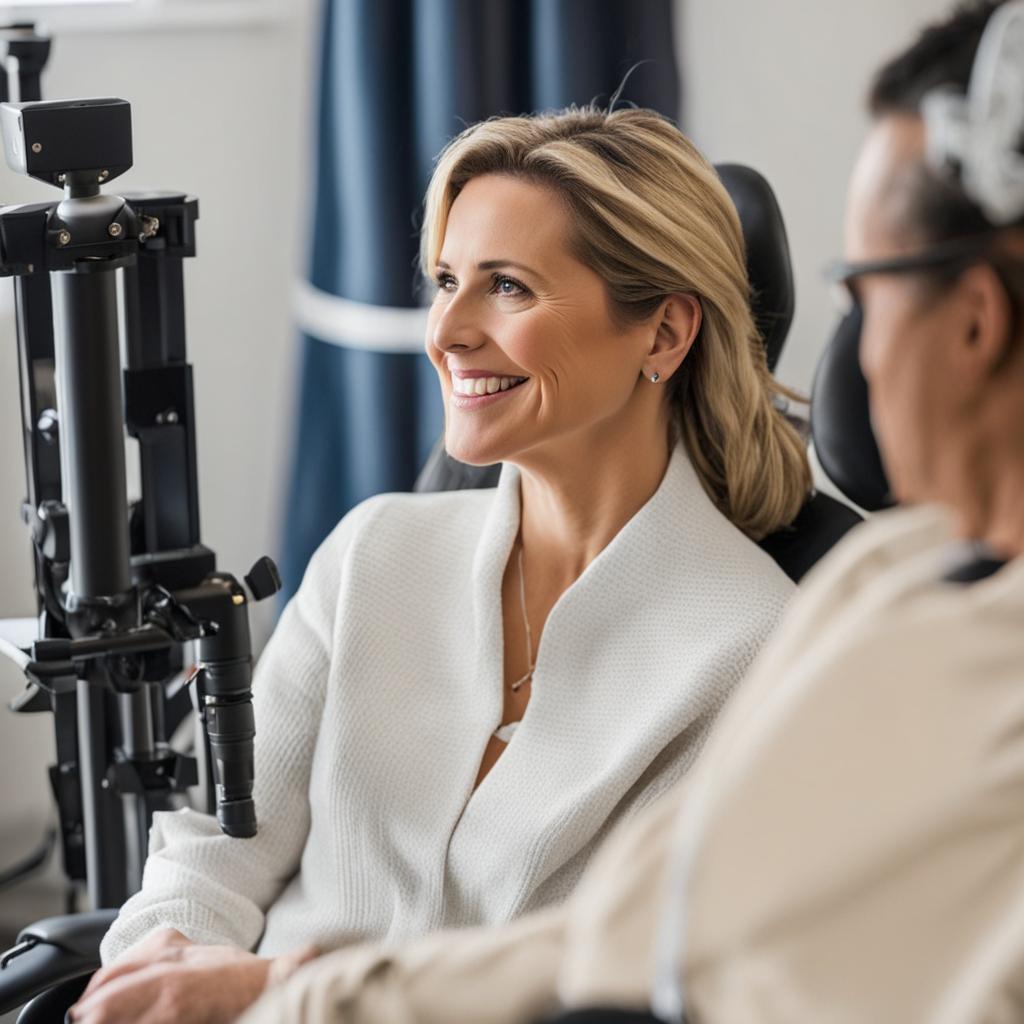When Ann Johnson was thirty years old, she suffered a brain stem stroke. Although she lived, she was left with locked-in syndrome, which left her paralyzed and unable to communicate.
Johnson gradually regained her capacity to breathe on her own, move her neck, and wink, but 18 years later, her brain still isn’t able to control the muscles needed to utter more than a few words.
She has reportedly become the first patient to successfully employ a ground-breaking neurotechnology that creates speech and facial emotions from brain signals with the aid of a new AI-driven brain implant, according to the project’s experts.
After implanting a thin layer of 253 electrodes on Johnson’s brain and modifying the equipment to monitor her brain signals, scientists from the University of California Berkeley and the University of California San Francisco described their findings in a study that was published in Nature late last month.
As the woman tries to speak, the neurotechnology employs artificial intelligence to decode the information coming from her brain. Although her muscles are immobile, her brain sends a signal that the electrodes can detect. They then decipher what she is attempting to say and create an avatar using a computer programme that simulates her speech and facial gestures.
According to a University of California San Francisco news article about the development, Johnson, who doesn’t have cognitive or sensory impairment after the stroke, could previously communicate at a rate of about 14 words per minute using her old typing technique using a device that responds to small head movements. Her digital avatar speaks nearly 80 languages due to her recent implant.
Dr. Edward Chang, chair of neurological surgery at the University of California, San Francisco, stated in the UCSF release about the research that their objective is to restore a full, embodied style of speaking, which is the most natural way for humans to talk with people. With these developments, they are a lot closer to offering patients a practical option.
While two researchers from Austria’s Wyss Centre for Bio and Neuroengineering claimed last year they had accomplished a similar accomplishment, the UCSF and UCB researchers contend Johnson’s case is a scientific first for enabling persons with locked-in syndrome to interact using neurotechnology.
Despite having encouraging results helping a 34-year-old man regain his ability to speak after being paralysed, the Austrian researchers had a paper on the subject retracted in the past, and “several cases of scientific misconduct” were discovered in a 2019 investigation by the German Research Foundation (DFG), which funded some of the work.
Although neurotechnology is controversial and raises ethical questions, organizations like the United Nations have identified advancements in the public and commercial sectors as some of the fastest-growing industries with the potential to enhance human life.
For Johnson, the advantages of taking part in the UCSF study go far beyond merely giving her the chance to speak after all these years.
According to Johnson and the UCSF magazine, the speech therapist didn’t know how to handle her when she was at the rehabilitation hospital. She feels as though she is helping society because she is a part of this study, which has given her a sense of purpose. It appears that she has a job once more. It’s incredible that she has survived this long; this study has given her the chance to truly live while she is still alive!








